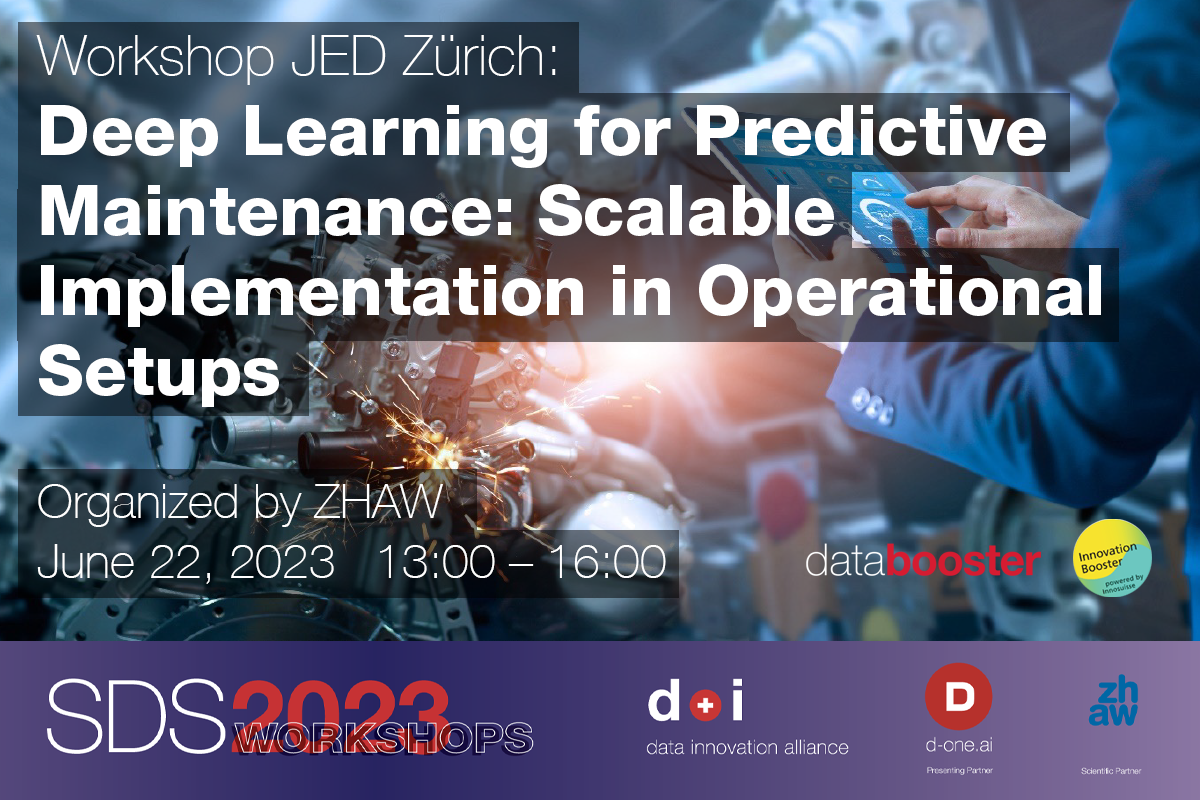

The ”Industry 4.0” revolution has facilitated the access of companies and the public sector to relatively cheap solutions for data acquisition, data storage, cloud computing, and efficient machine learning algorithms. This is one of the main reasons for the growing interest we observe in implementing intelligent data driven decisions in industry. One of the most popular applications of such an intelligent decision support is for condition-based maintenance (CBM) and predictive maintenance (PdM). CBM and PdM are data driven approaches to maintenance planning, that are seen as the natural replacementof the traditional reactive and preventive (time-based) maintenance approaches in the era of big data. As a research team specializing on applied R&D projects in this field we have acquired an extensive experience in collaborating with industry partners and with the public sector. In recent years, our collaborations have made us realize that implementing CBM and PdM in commercial setups is still at its rather premature phases. This stands in contrast to the large body of scientific literature that has been emerging, suggesting advanced machine learning and deep learning (DL) algorithms for PdM.
This gap between the state-of-the-art research on the one hand, and industrial implementation, on the other hand has several origins. An important one is that the technological and algorithmic development is driven primarily by academia and less by industry. This stands in contrast to other applications of DL such as image recognition, speech recognition and gaming, which are driven by industry giants like google, meta, apple and microsoft. As a result, much of the published research in the field of CBM and PdM is developed and tested on synthetic data rather than with real operational data from industry. At the university of applied sciences our research projects are dominated by operational data from real industrial systems. We thus repeatedly encounter a new set of challenges that are often ignored in the scientific literature. In this tutorial we would like to shed light on some of these challenges and suggest possible ways to address them:
We will discuss these challenges using concrete examples from two very different systems: (i) wind
turbines and (ii) aircraft engines. The first use case relies entirely on real field data for the development,
validation and testing of the algorithms. The second use case is applied to a publicly available data
set. This allows us to share the code with the participants of the tutorial and to walk them through
the important points listed above. Thus, the last hour of the tutorial will be dedicated to reviewing
the code and practicing its usage together with the participants.
While demonstrating the above challenges using concrete use cases, we will keep stressing their generic nature and broad relevance in various applications of PdM and CBM, such that the participants can take a clear message and attempt to apply the concepts in their own field.
| 13:00 – 13:20 | Introduction |
| 13:20 – 13:50 | Part I: regression models for FDI |
| 13:50 – 14:30 | Part II: upscaling FDI using transfer learning methods |
| 14:30 – 14:45 | Coffee Break |
| 14:45 – 15:15 | Part III: uncertainty-informed anomaly detection |
| 15:15 – 16:00 | Hands-on coding tutorial |